To celebrate the 60th anniversary of Marimekko’s vivid Unikko pattern, we’re exploring the aesthetics of the innovative environments where iconic designs are born. In a first-time collaboration, Apartamento and Marimekko will welcome visitors to Bar Unikko, a takeover of the classic Milanese café Bar Stoppani. From this creative base during Milan Design Week 2024, we’ll host a series of mini interviews offering insight from the fair’s artistic community, forming a series of dispatches from Milan. We begin with a more in-depth conversation featuring Marimekko’s creative director, Rebekka Bay.
Copenhagen: Every so often, someone offers a blueprint for inspired living. Rather than a set of rules, their path takes shape as an ethos, a driving force, guidelines set out with room to play and explore. While much has been made of Danish minimalism, Rebekka shows that practicality is best utilised to carve out room for whimsy and inspiration: space for big branches of whatever’s in bloom, opportunity for spontaneous swims in the sea.
Our conversation unfolded a wealth of these fruitful paradoxes; Rebekka loves overgrown buildings and studying where organic curves give way to man-made angles and vice versa. Looking forward, she’s excited to steer Marimekko towards these ‘happy contradictions’, focussing on the more scientific or animalistic side of flowers and celebrating their forms through a less ‘pretty’ lens to tap into the unexpected. This spirit of innovation is what established Marimekko as a leader of bold, memorable designs. Created by Maija Isola in 1964, the Unikko pattern made a joyful mark across fashion and home goods, as adaptable as it is unique. Unmistakably floral yet playfully abstract, the design came in response to a problem posed by Marimekko’s founder, Armi Ratia: How can print ever ‘faithfully capture’ the organic beauty of real flowers? Instead of rigid accuracy, abstraction allowed for an understanding of flower which could be felt beyond a textbook reproduction. As Unikko turns 60, it feels wholly appropriate to remember that diamonds are a traditional symbol for 60th anniversaries due to their enduring beauty and strength, marking a convergence of natural elements that are only fortified over time.
Beyond the bigger design philosophies driving creative direction, we were curious to discover what goes into Rebekka’s creative processes behind the scenes and eager for a glimpse of her vibrant backdrop at Marimekko’s creative studio in Copenhagen.
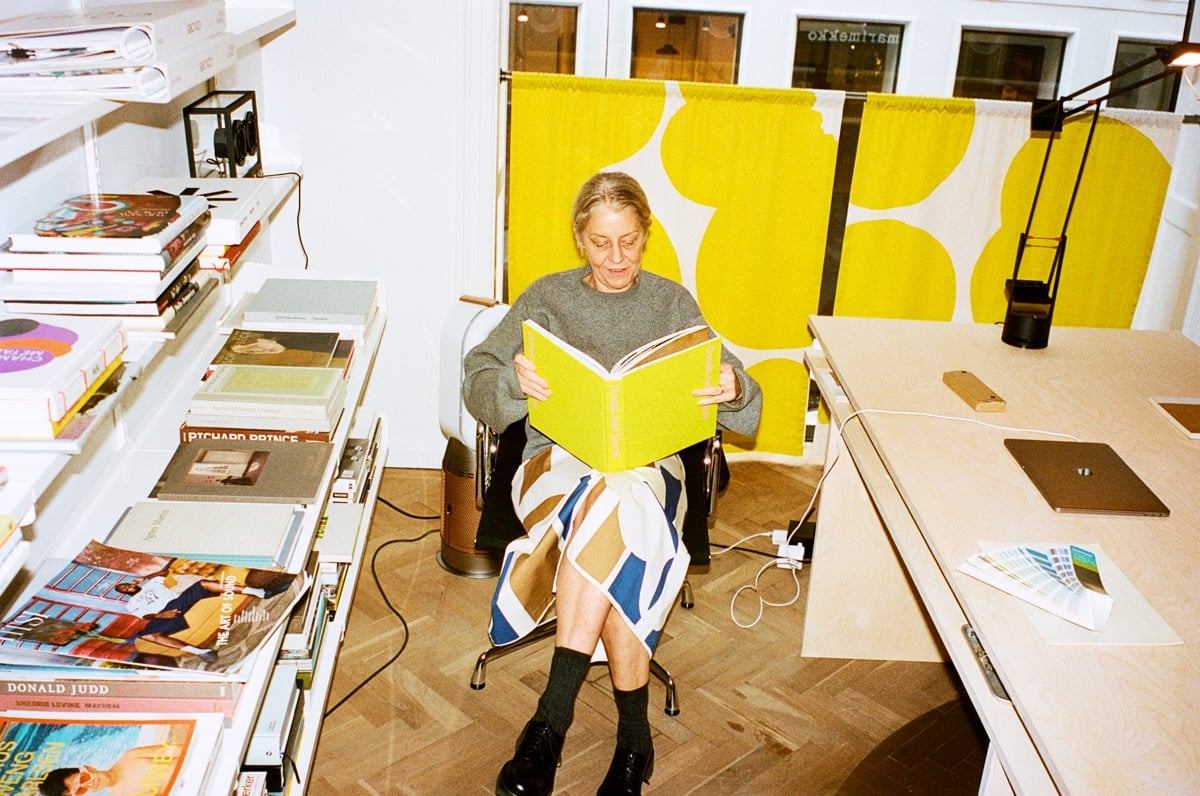
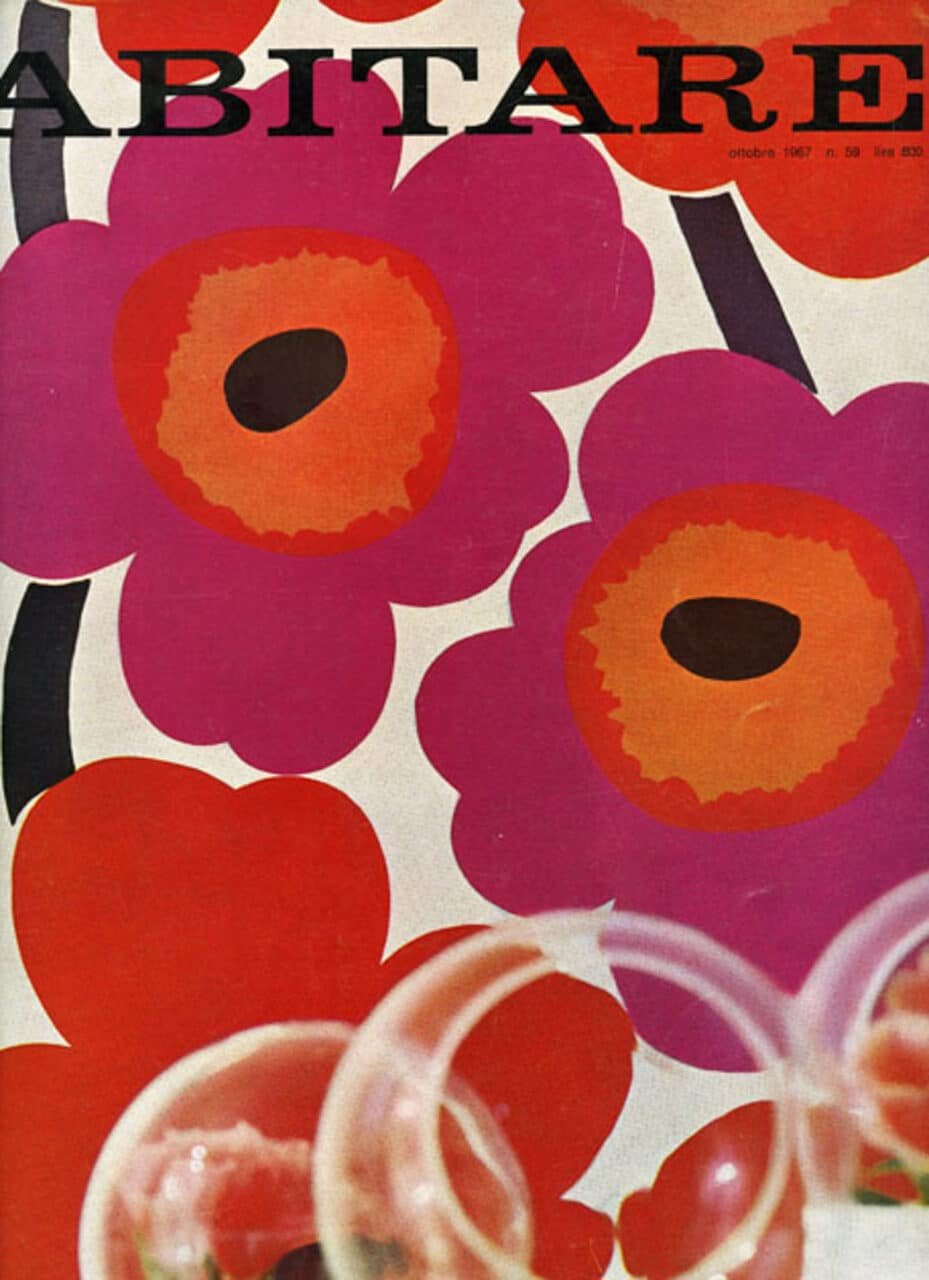
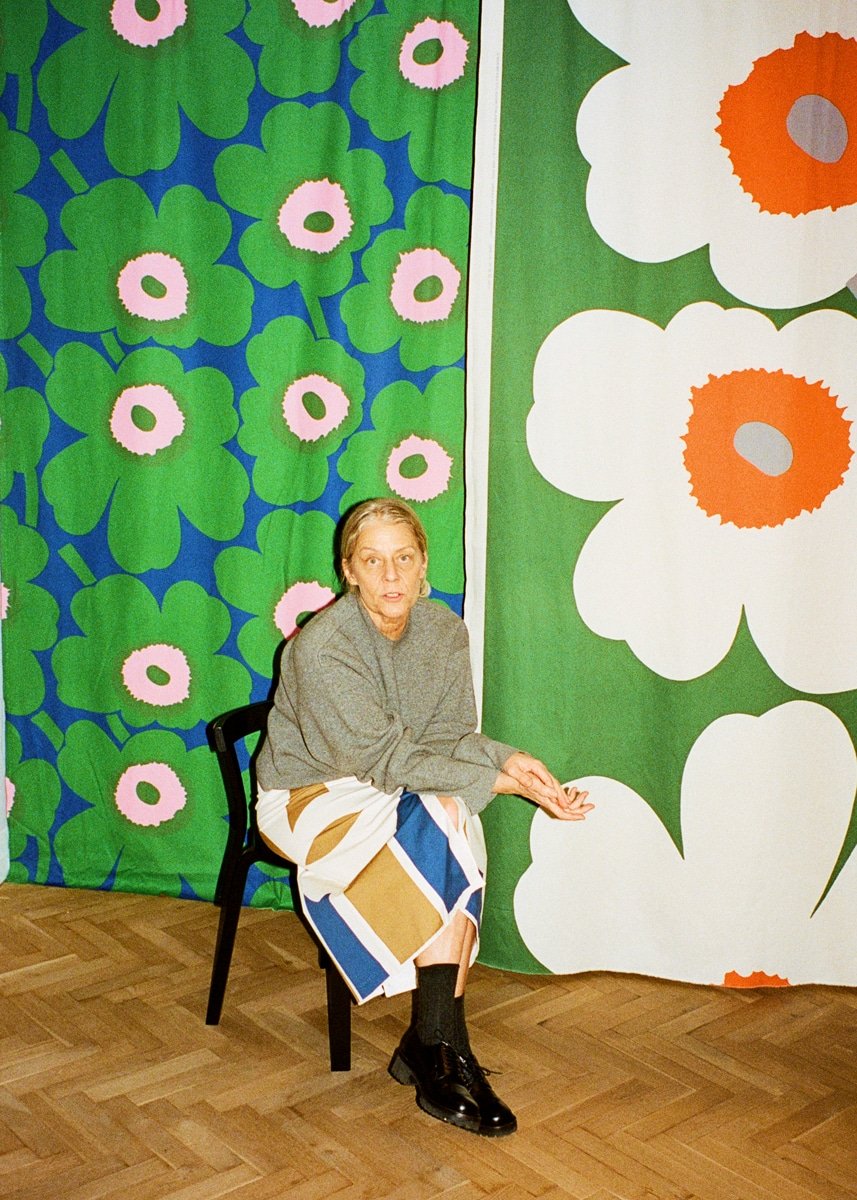
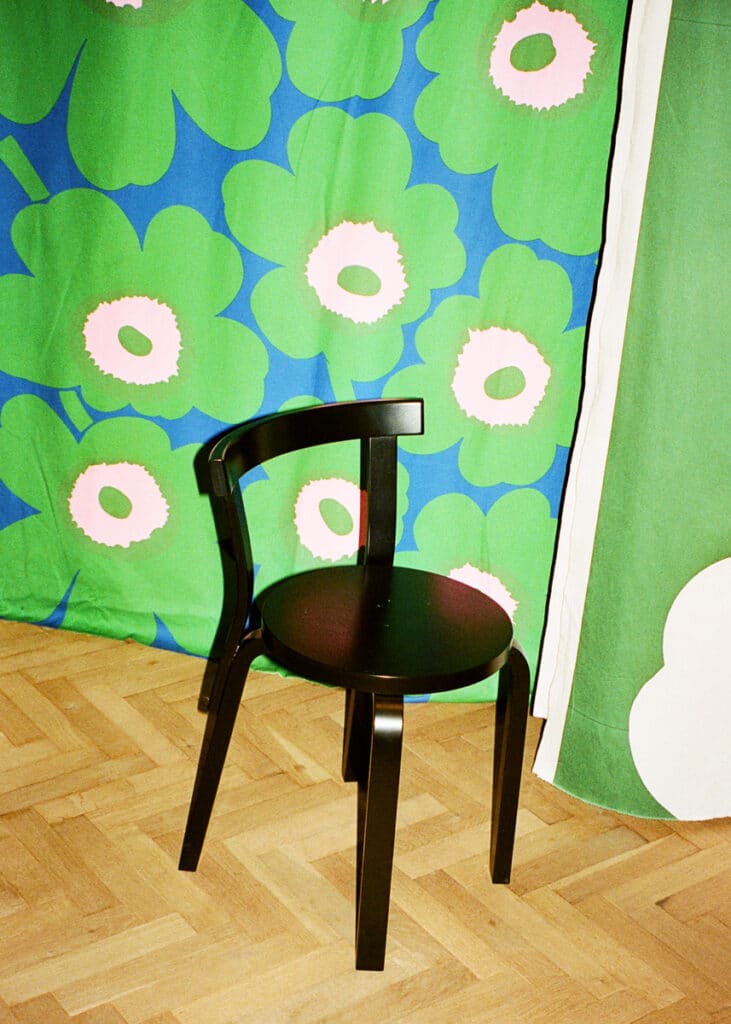
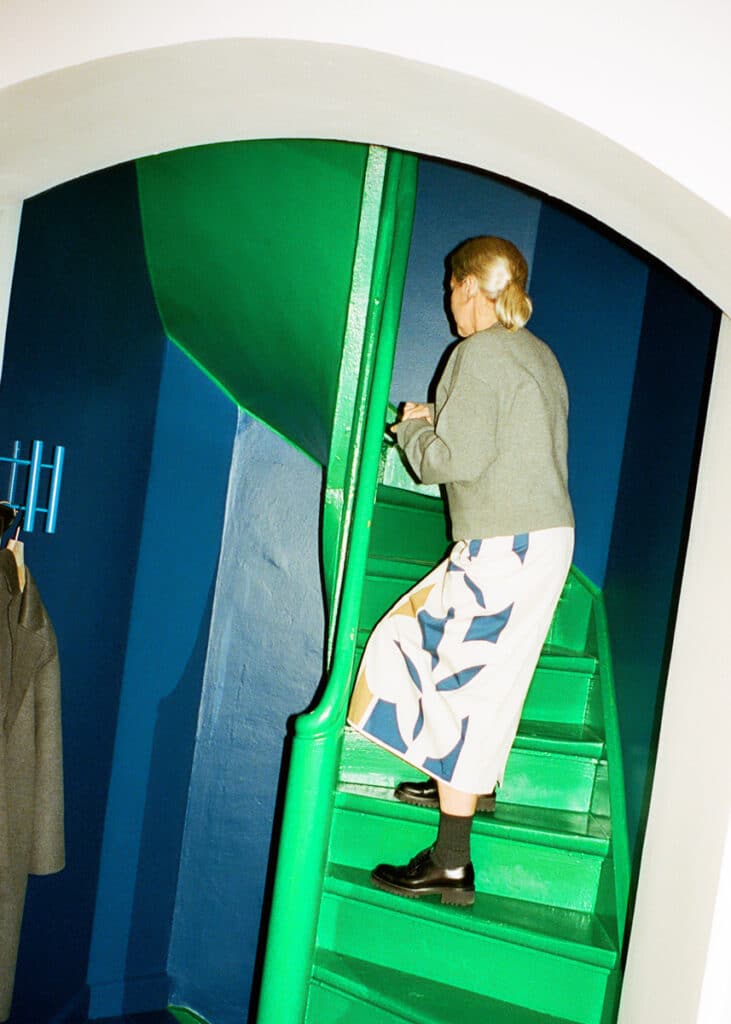
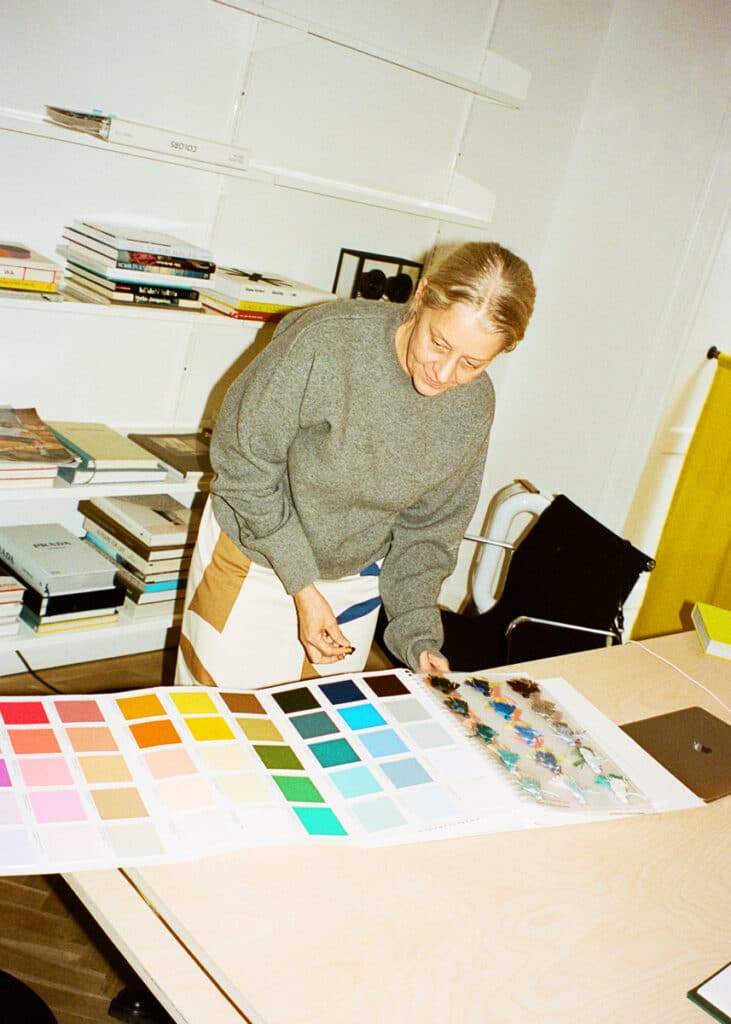
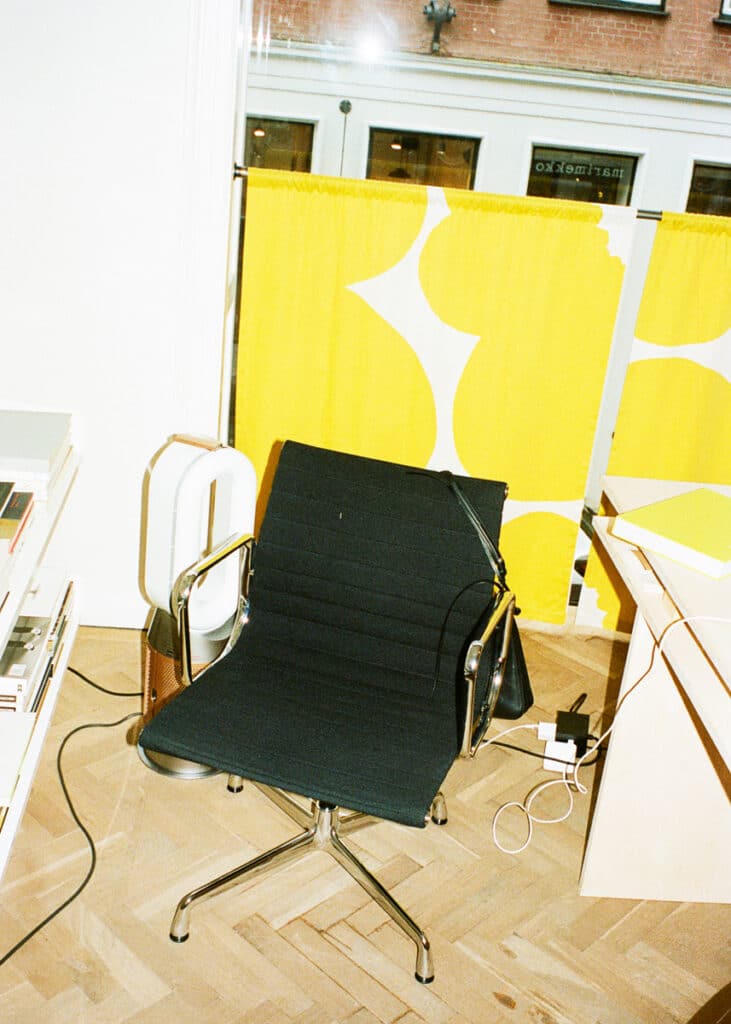
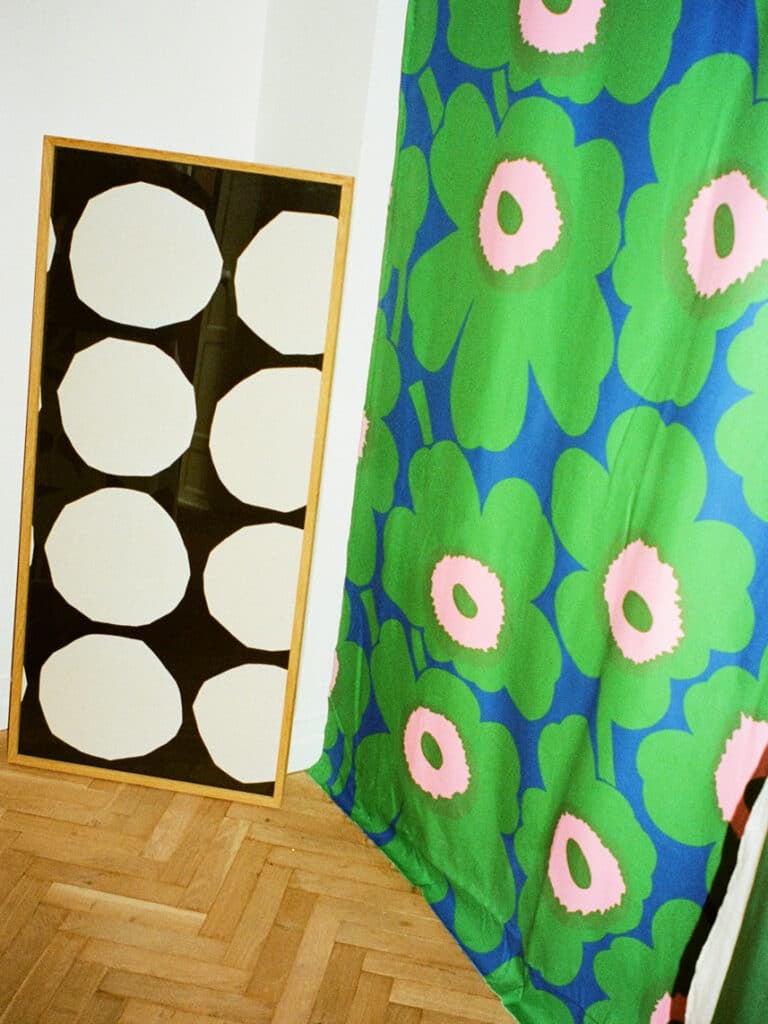
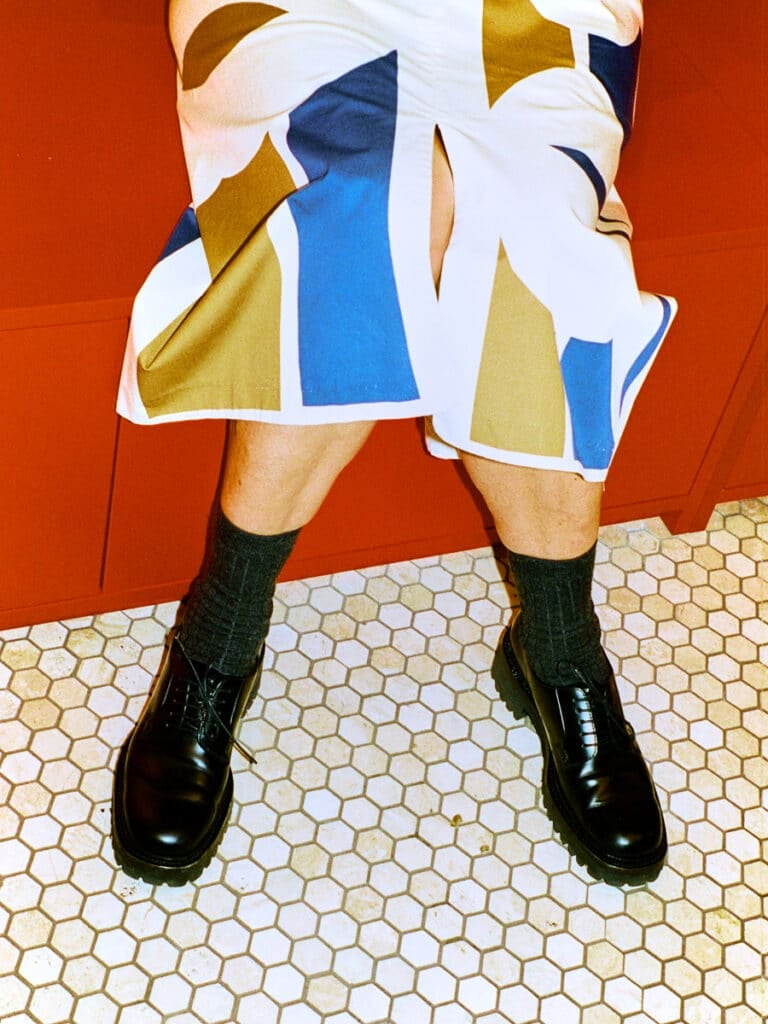
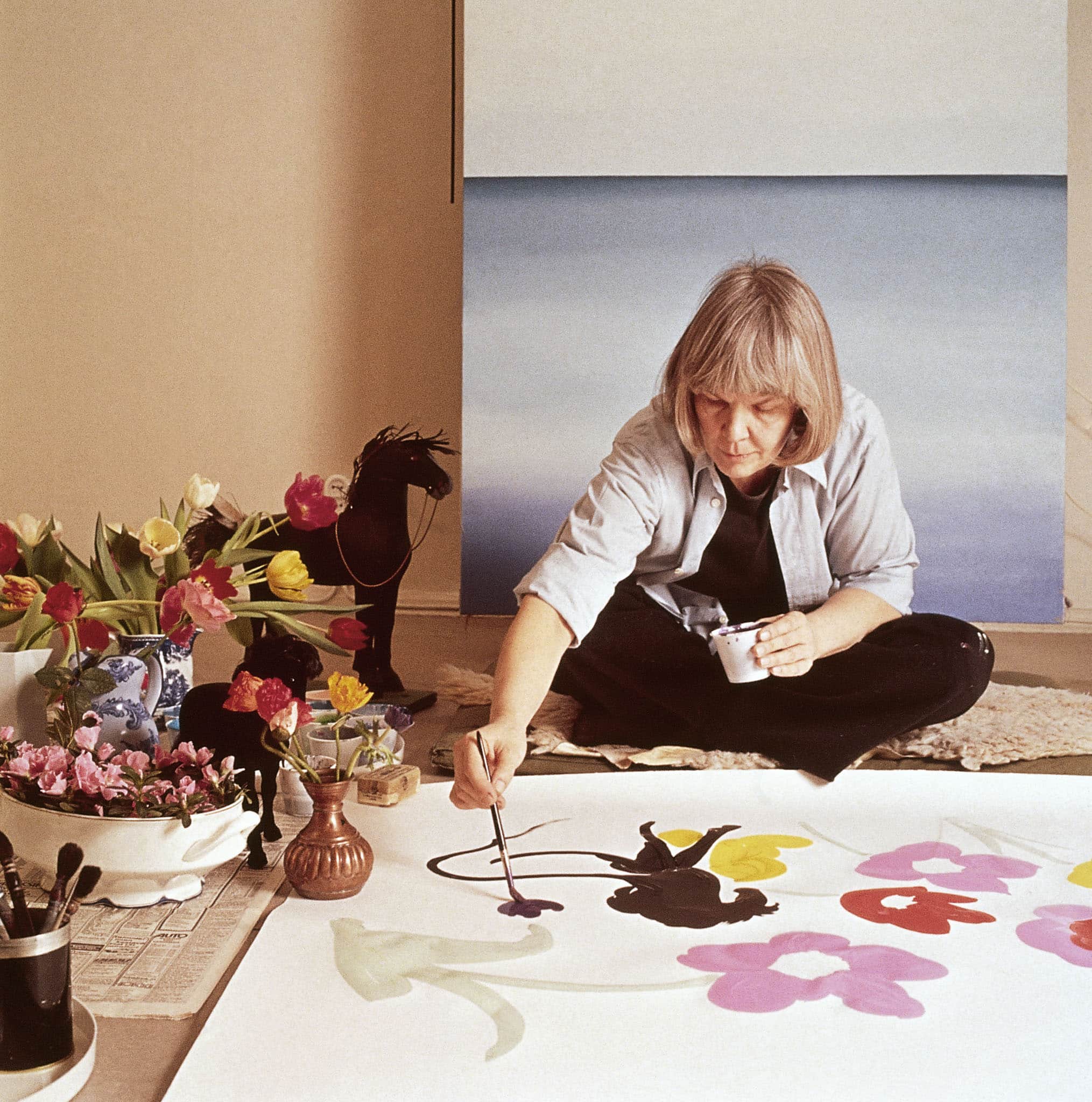
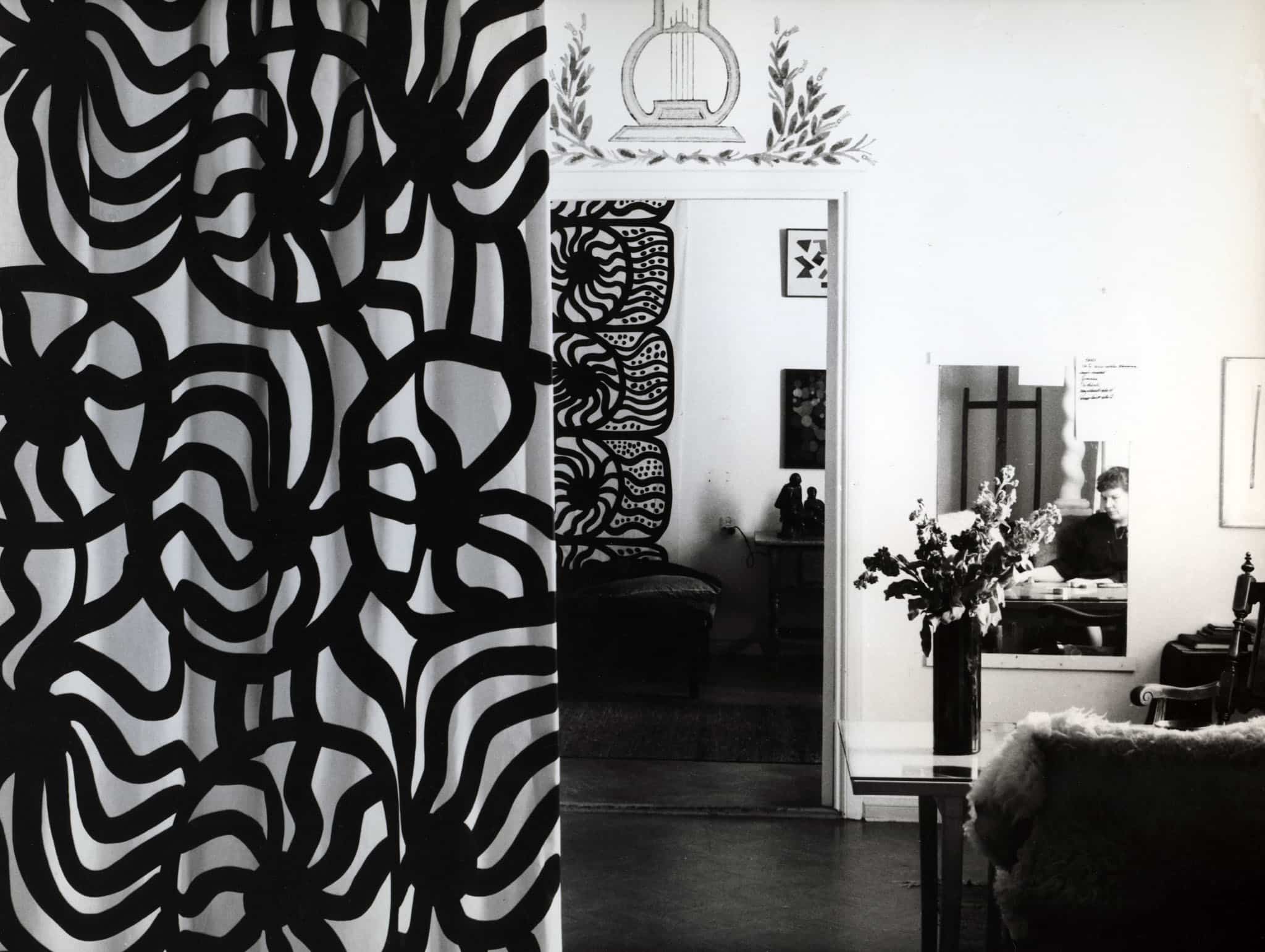
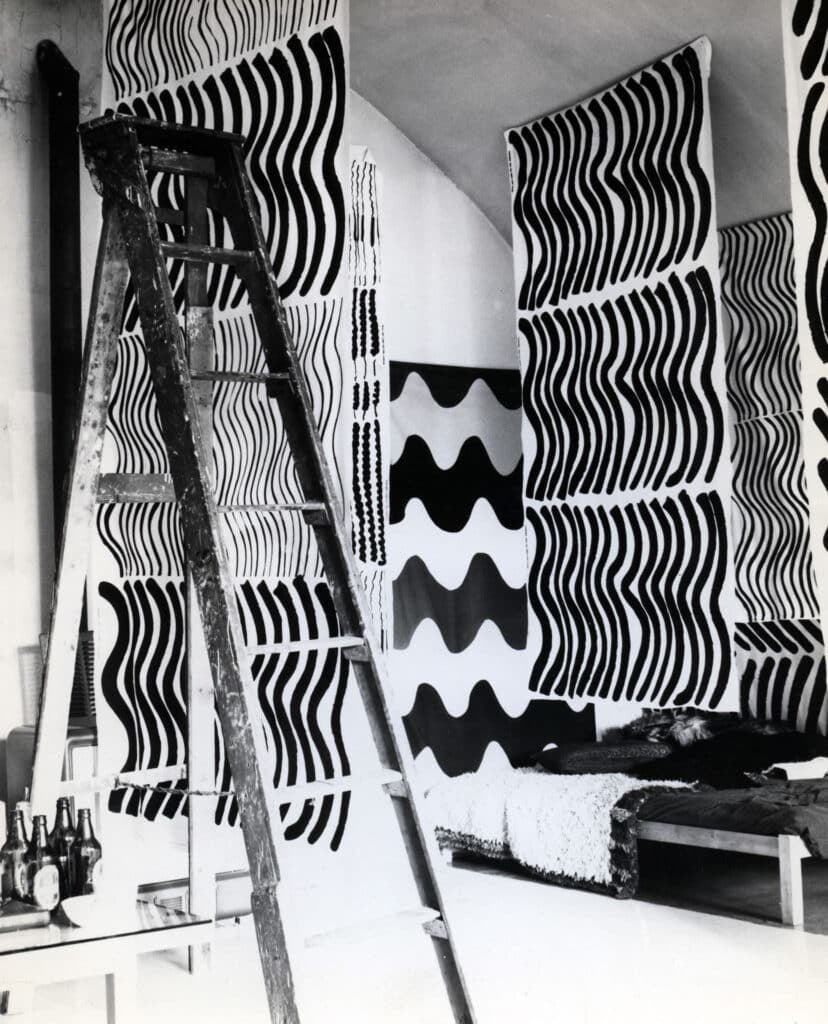
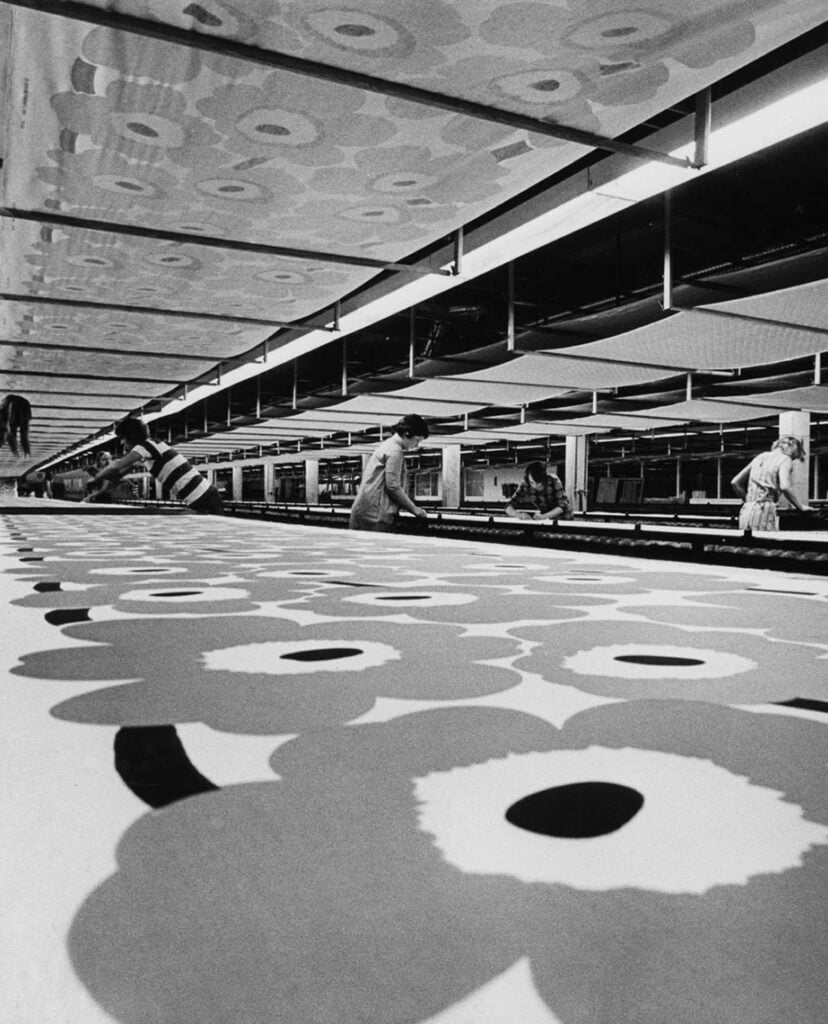
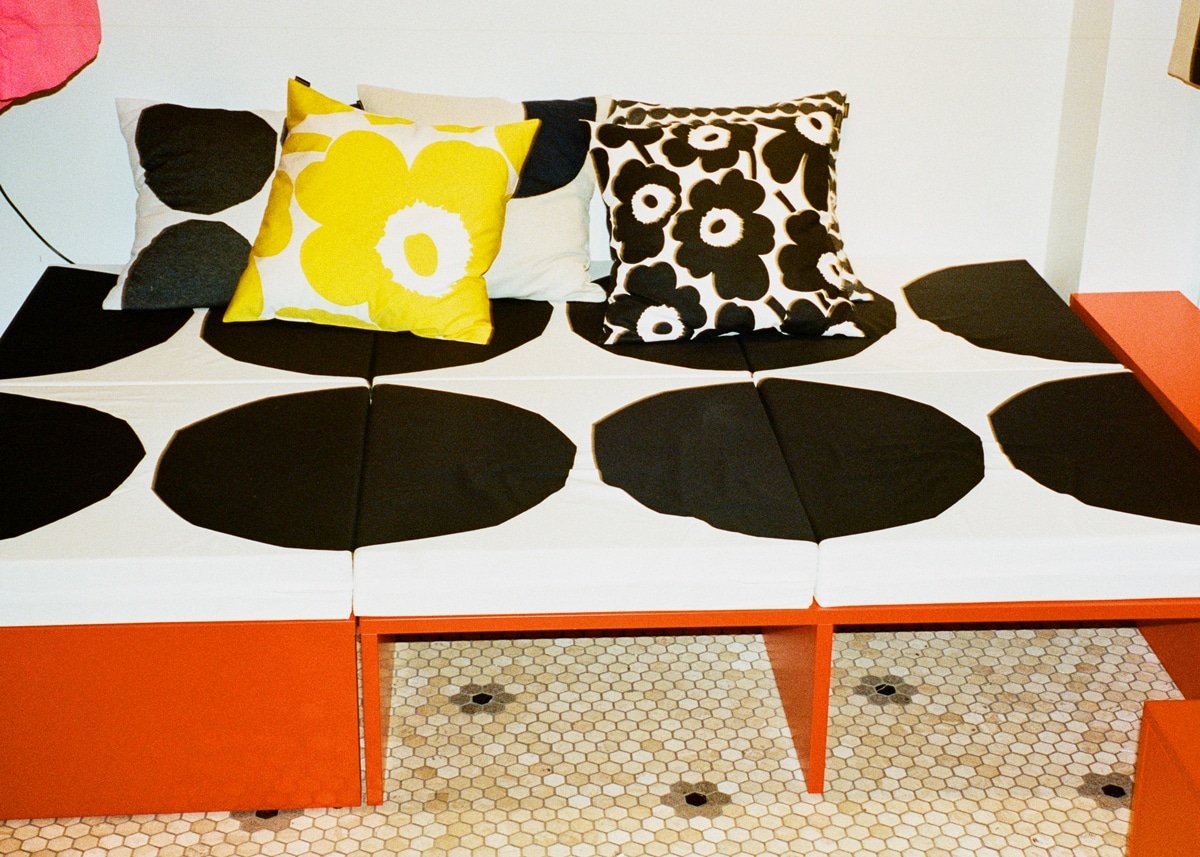
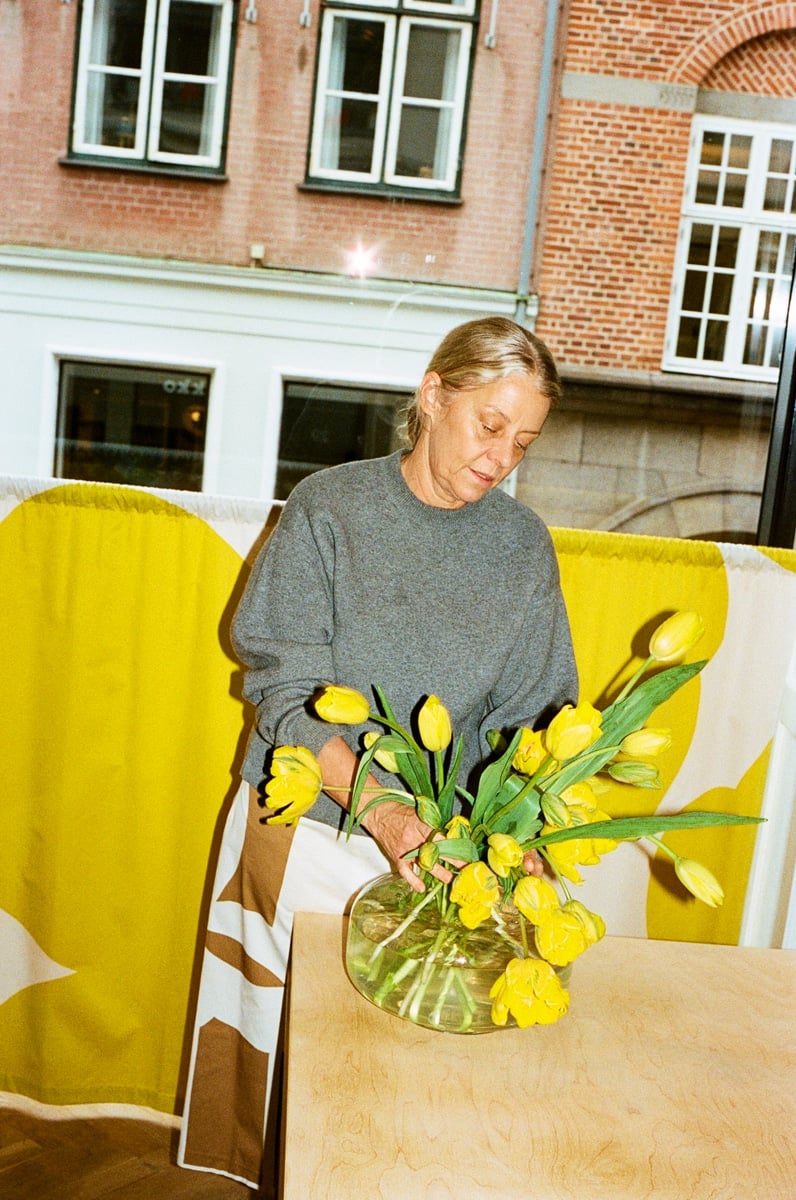
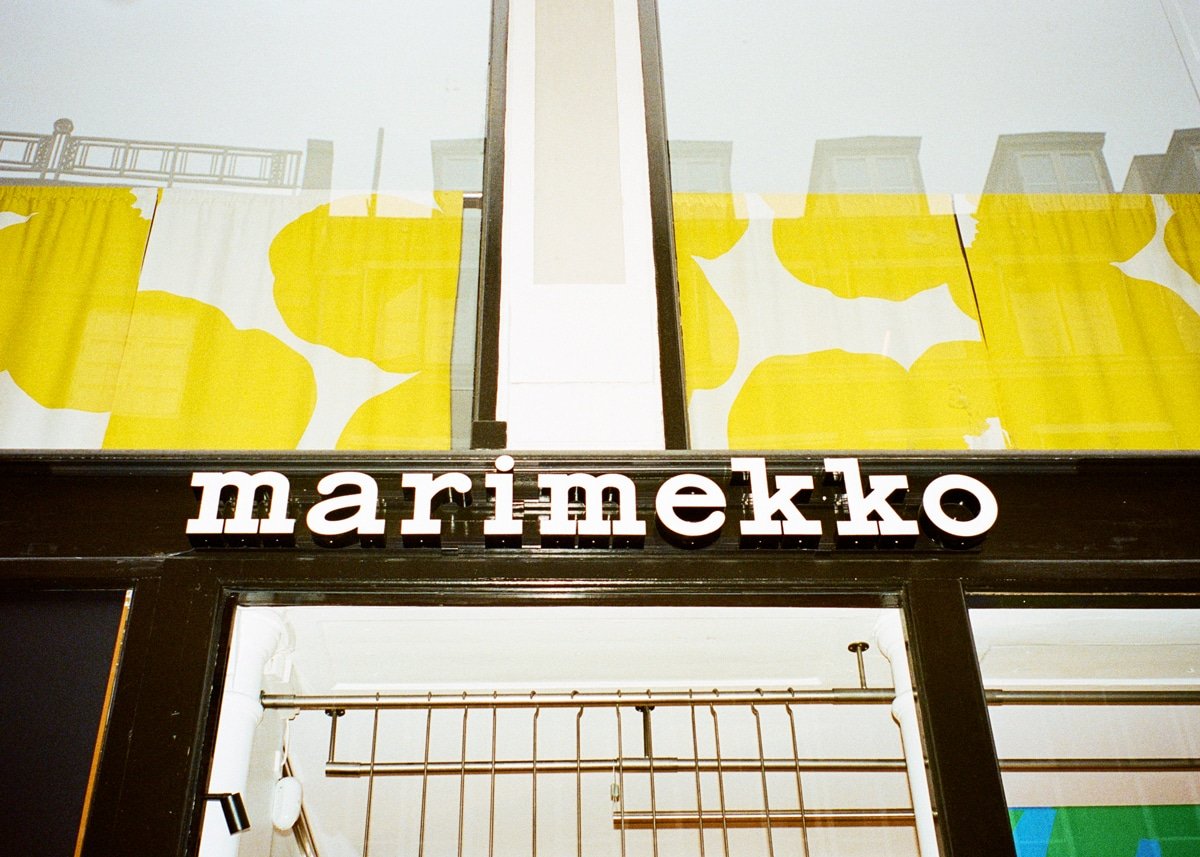
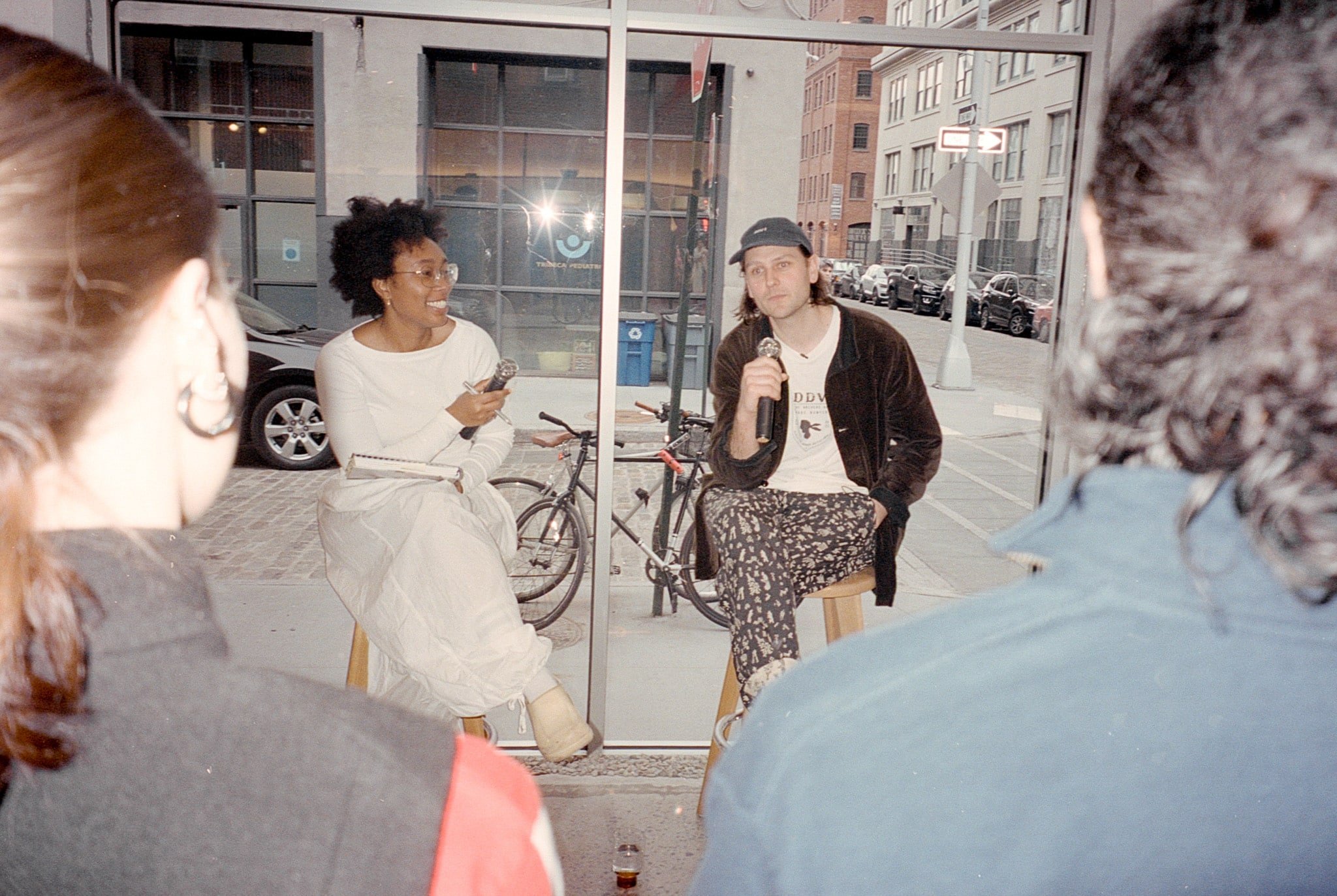
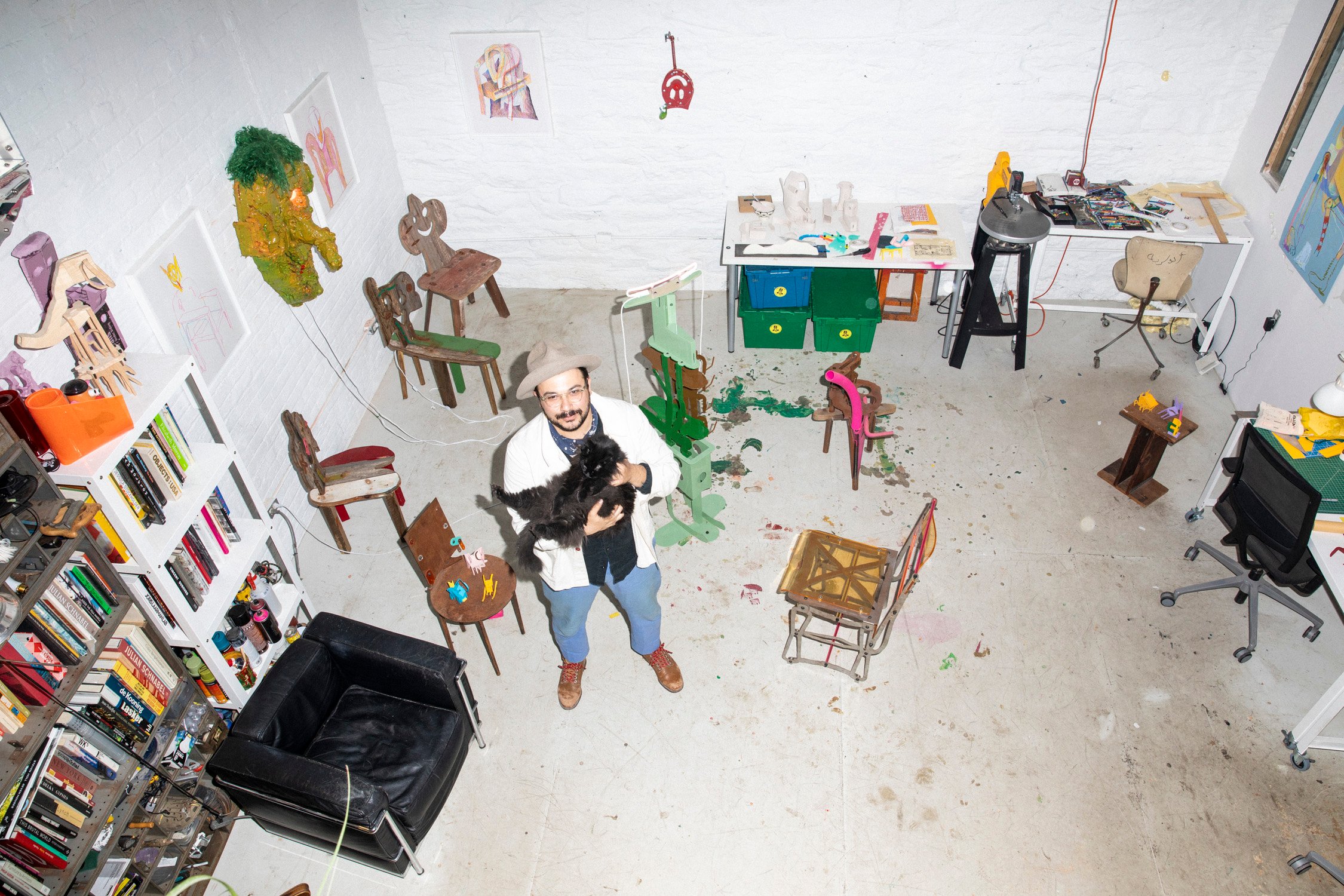
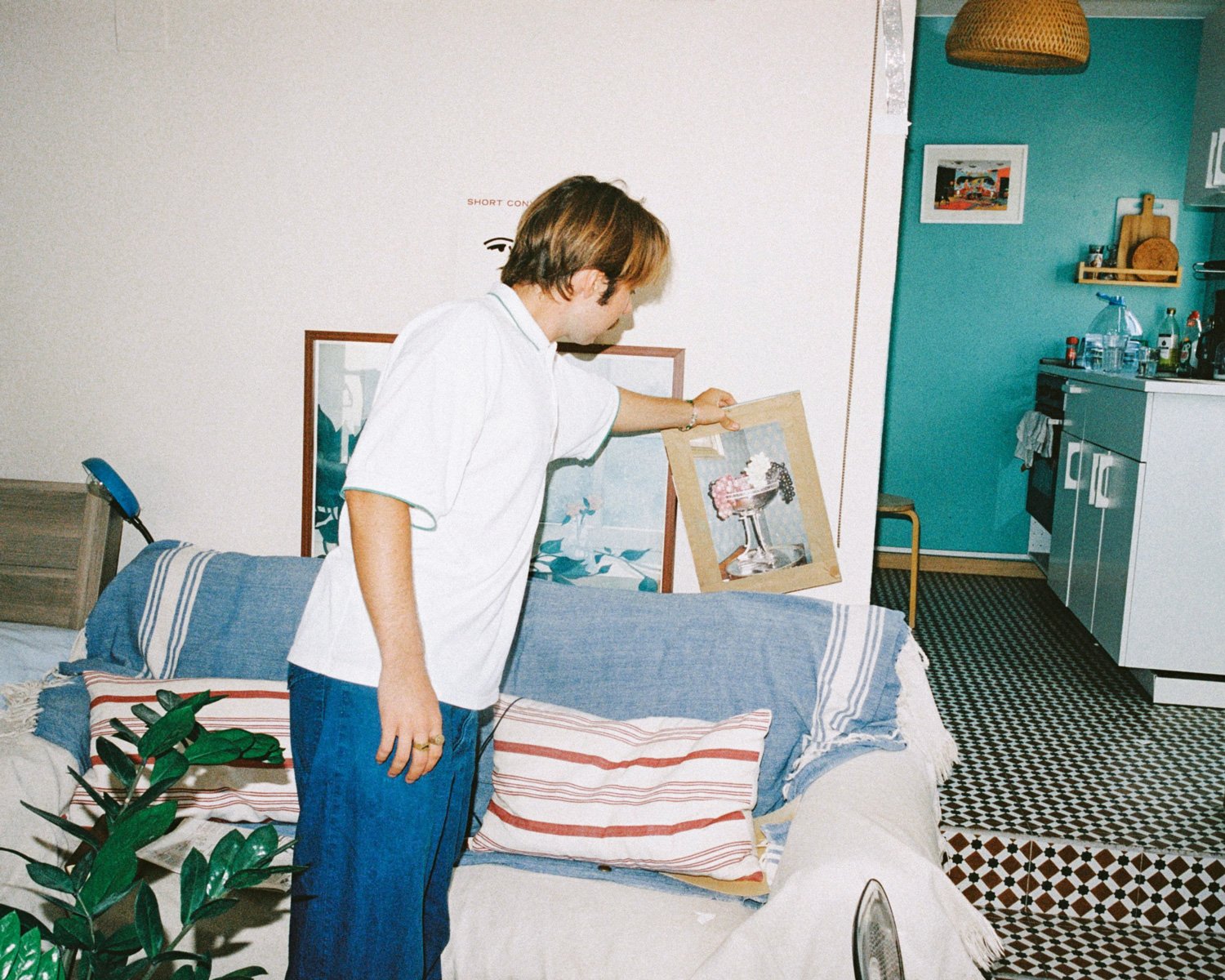
 close
close



